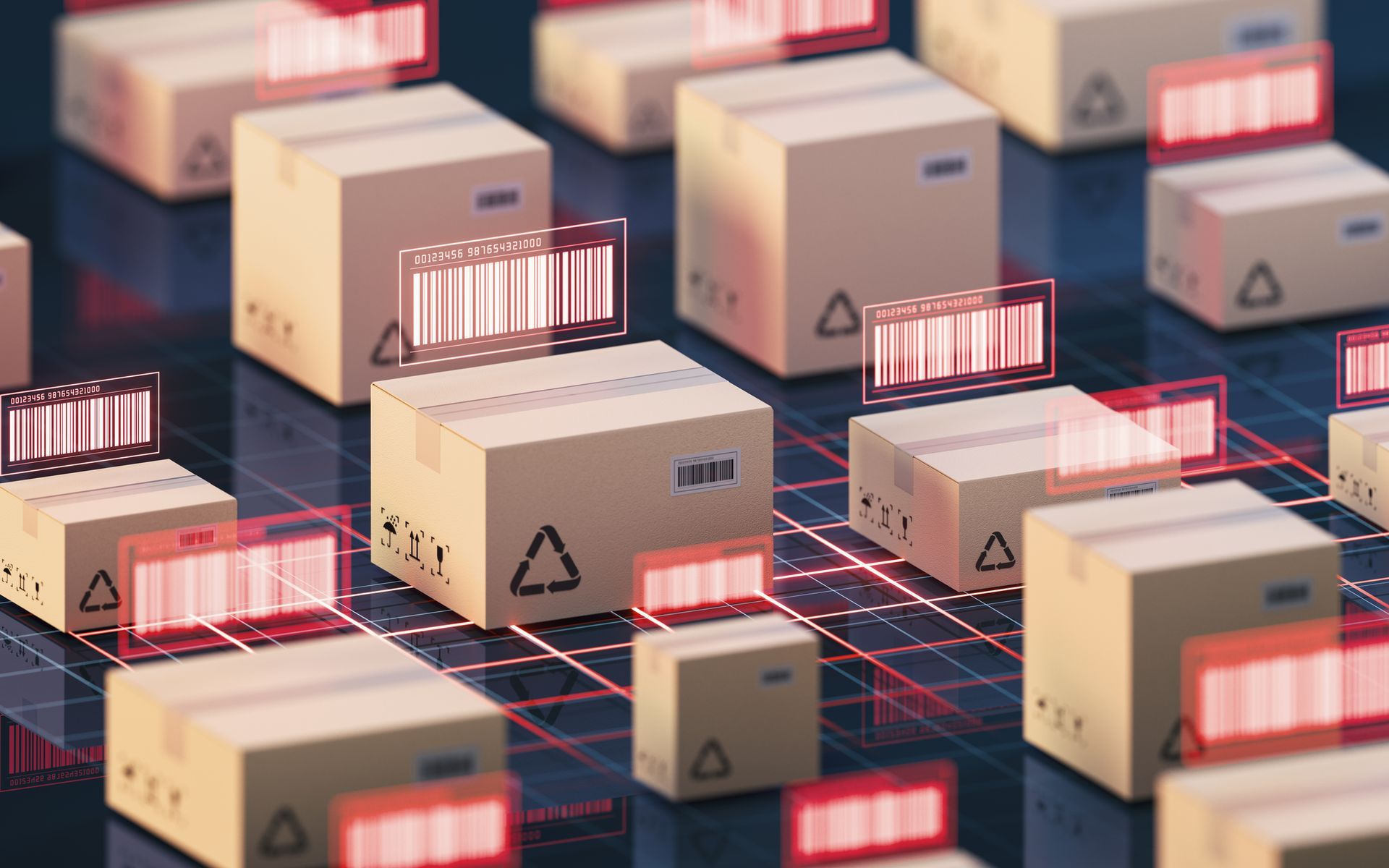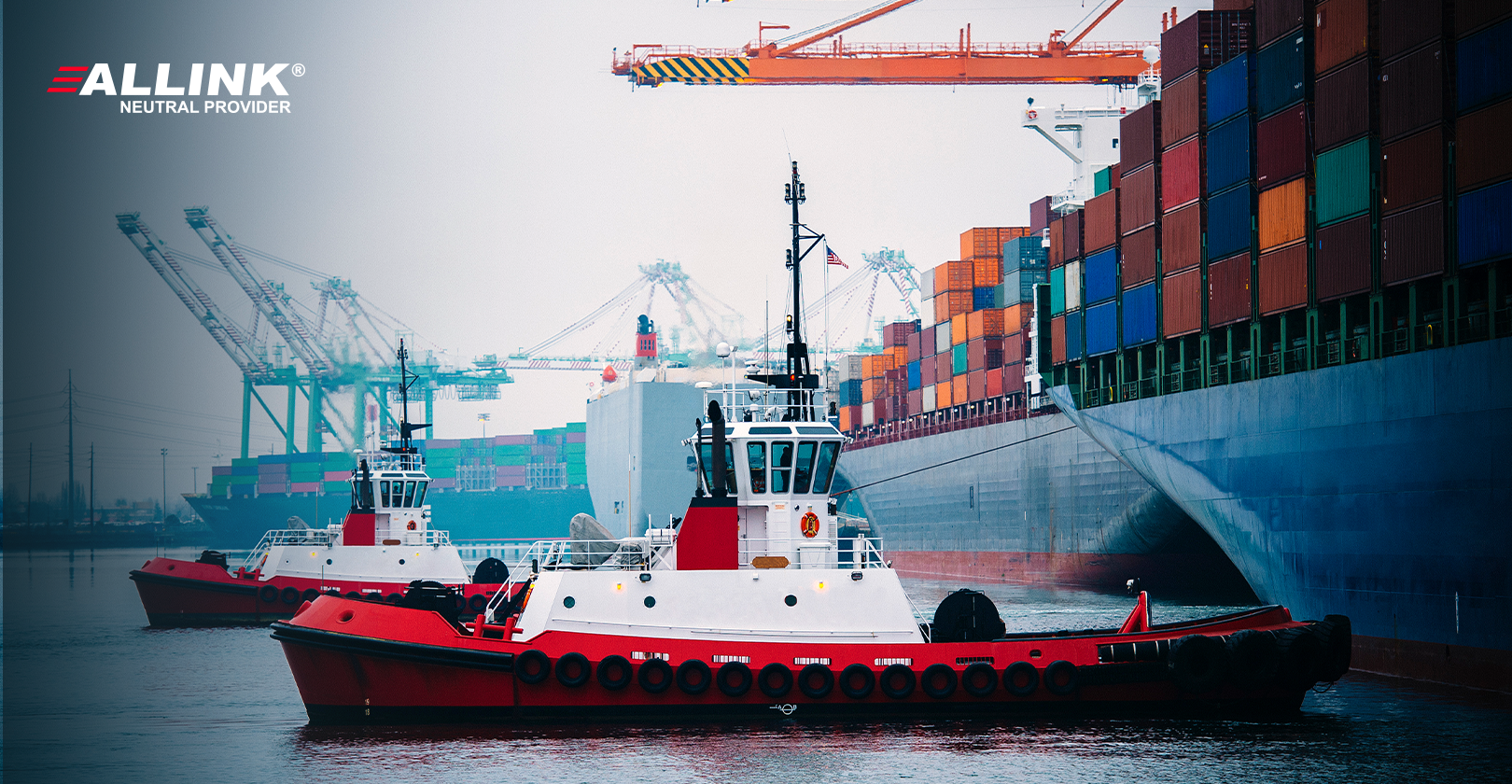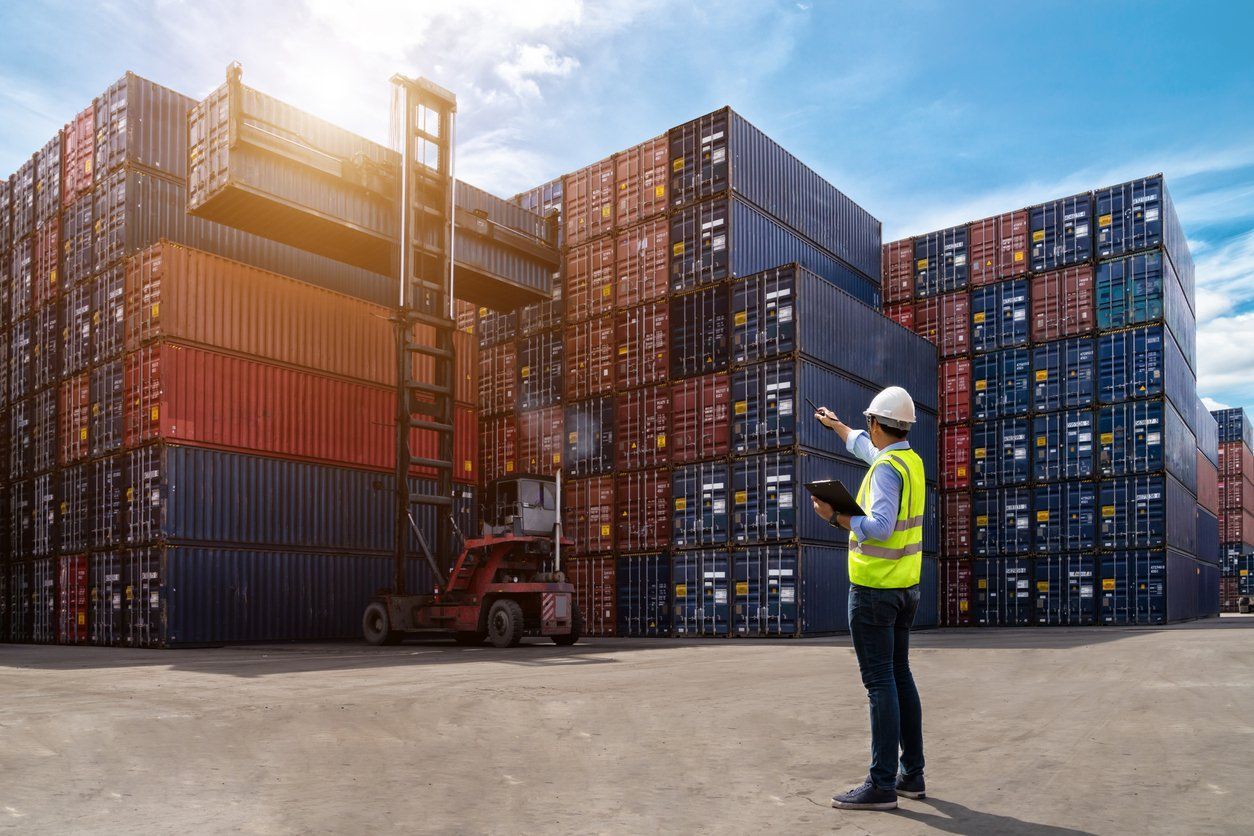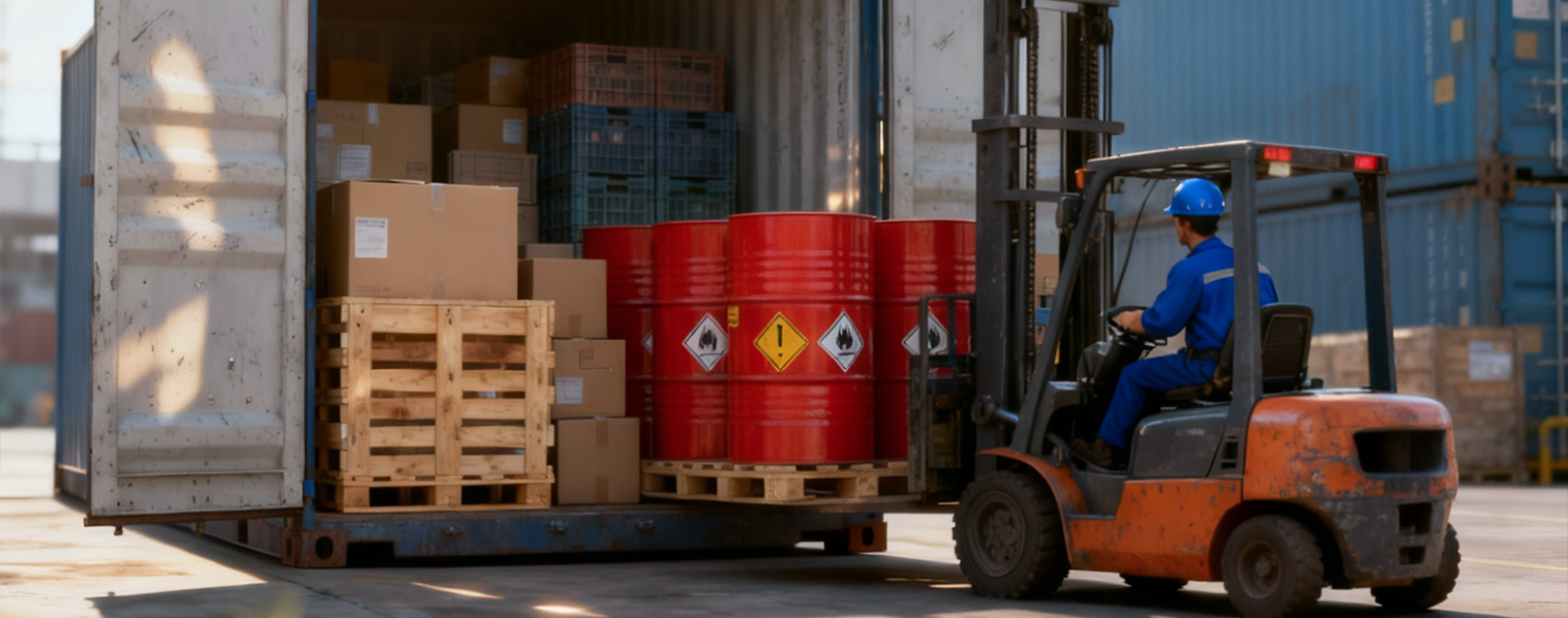
Cargo handling at maritime terminals is a complex and intense operation. In Brazil, the Port of Santos alone is responsible for approximately 40% of the total cargo volume moved in the country.
With such a high flow of goods, proper organization and identification of merchandise are crucial to avoiding logistical issues. The absence or improper labeling of cargo makes locating shipments more difficult and can lead to damages, financial losses, and significant delays.
Understanding the high volume of operations at these terminals is essential to realizing that “it’s not just your cargo” in circulation. Therefore, ensuring accurate labeling is a fundamental measure to maintain efficiency and security in port logistics.
The Dynamics of Maritime Terminals
Maritime terminals operate in a coordinated manner to receive, store, and ship large volumes of export and import cargo. Scheduling delivery windows is essential to avoiding endless lines, as used to happen during harvest seasons.
Even with the efficiency provided by scheduling, deliveries at terminals must be extremely well-organized to meet deadlines.
Terminals work with strict stuffing and shipment deadlines, where every minute counts to prevent congestion and delays. Proper identification of goods becomes critical in this scenario, as it allows operations to run smoothly.
Without clear identification, goods may be placed in “lost and found” areas, awaiting manual identification, which can compromise the entire logistics schedule.
Challenges in Cargo Handling
One of the main challenges faced in maritime terminals is the discrepancy between the declared information on documents and the actual characteristics of the cargo. Differences in dimensions, weight, or type of merchandise can lead to considerable delays and additional costs.
Another recurring issue is the delivery of goods without a proper reservation or scheduled window, leading to immediate rejection by the terminal. Additionally, cargo is at risk of damage when there are no clear instructions regarding fragility or stacking.
To minimize these challenges, labeling plays a crucial role in ensuring that all relevant information is easily accessible throughout the entire process.
Who Is Responsible for Labeling?
The responsibility for labeling and identifying cargo lies with the exporter, who is the party most familiar with the product’s characteristics and the details of the transaction, including the importer, destination, and other factors.
The symbols on packaging indicate how products should be handled and stored by logistics operators. They serve as guidance to ensure that goods reach their destination intact and in the desired condition.
This variety of symbols can be printed directly on the boxes or attached using high-quality labels that do not detach during handling.
Not everyone involved in the logistics process knows what is inside the packages, making these symbols essential. While they do not specify the product itself, they dictate how it should be handled to prevent damage, financial losses, and even workplace accidents.
There is no global regulation for using symbols on cardboard boxes. However, in Brazil, standardization follows NBR 7500.
Why Is Labeling Essential?
Cargo labeling is a fundamental requirement for ensuring organization and safety in port operations. When goods arrive at a terminal without proper identification, several problems can arise, including:
- Difficulty tracking cargo, leading to delays and missed deadlines.
- Incorrect storage, which compromises the integrity of the merchandise.
- Errors in stuffing, increasing the risk of cargo misplacement or loss.
- Damage due to a lack of clarity on handling instructions.
Moreover, in cases of damage, improper identification of handling requirements can jeopardize insurance claims, as there is no proof that the cargo required special handling.
Proper labeling should include information such as reservation number, origin, destination, exporter and importer details, and specifications regarding stacking and fragility. These details enable terminals to handle shipments accurately, minimizing errors.
Benefits of a Well-Structured Process for Freight Forwarders and Brokers
For freight forwarders and customs brokers, efficient labeling offers numerous benefits that streamline operations and enhance reliability. When cargo is properly labeled, the terminal delivery process becomes faster and more organized.
Operational efficiency allows freight forwarders to meet shipping deadlines with greater security, avoiding fines and additional costs. Additionally, reducing handling errors minimizes the risk of damage and incidents, ensuring safer transportation.
Another key aspect is improved communication between different links in the logistics chain. With clear and accessible information, terminals can operate more efficiently, reducing the need for corrective actions.
Best Practices for Labeling
To ensure effective labeling, several best practices should be followed:
- Include All Relevant Information – Labels should contain details about dimensions, weight, cargo type, and special handling instructions.
- Use Durable and Secure Labels – Labels must be well-attached to packaging to prevent them from peeling off during transport. Using materials that resist adverse conditions like humidity and friction is essential.
- Regularly Review Labeling Information – Errors in labeling can result in rework and delays, disrupting the entire logistics schedule.
Investing in proper labeling is a strategic measure for exporters looking to ensure efficiency and safety in operations. In a competitive environment where every second counts, small details make all the difference in achieving successful logistics operations.
Continue a navegar no blog da Allink
Mantenha-se informado sobre o comércio exterior
Assine nossa newsletter e receba atualizações semanais de forma gratuita sobre o mundo da logística.





